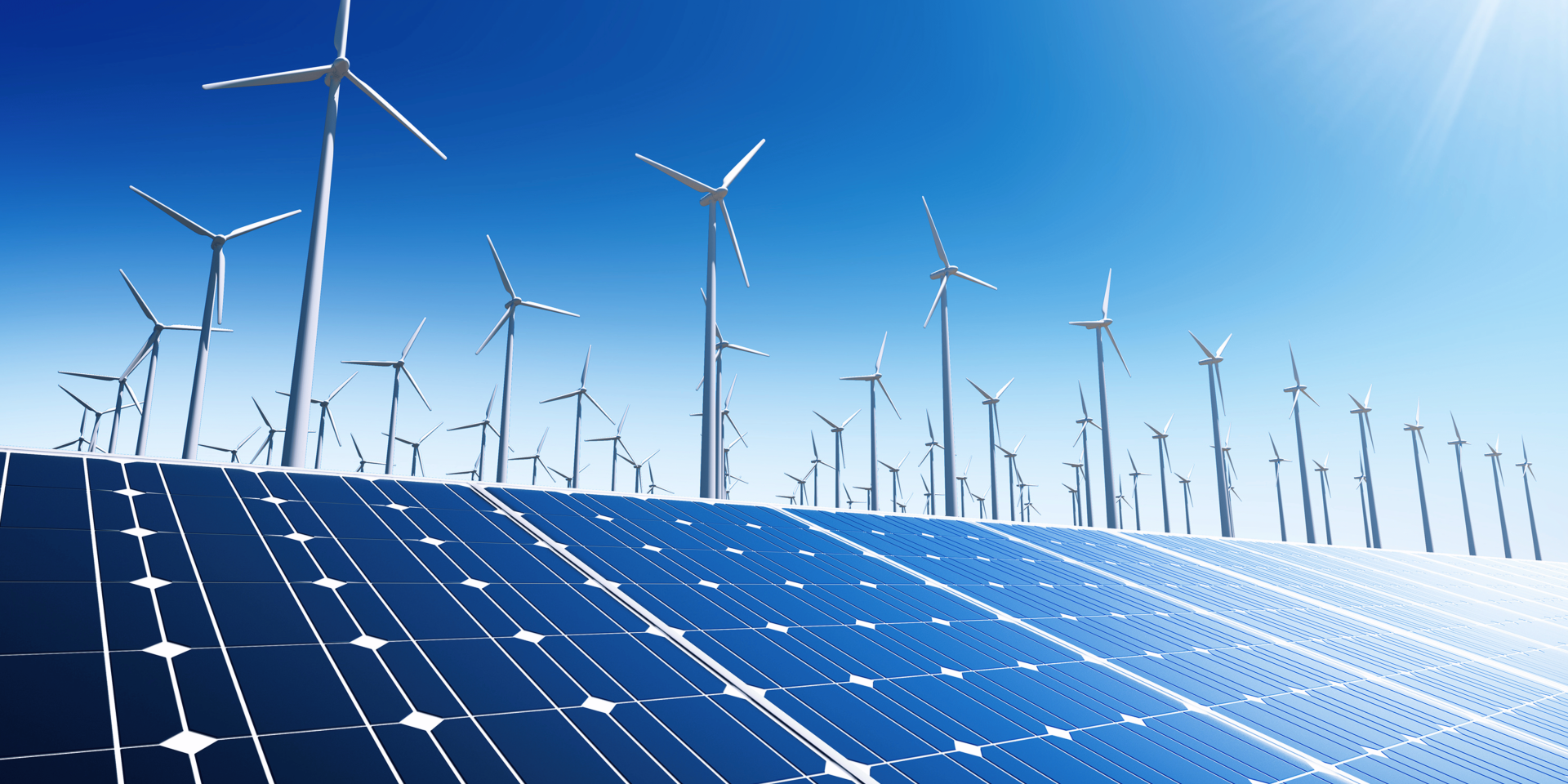In today’s world, characterized by rising energy demands and environmental concerns, the quest for sustainable energy solutions has become increasingly crucial. Renewable energy sources, derived from naturally replenishing resources like sunlight, wind, water, and geothermal heat, offer a promising path towards a cleaner and more sustainable energy future.
Capturing the Sun’s Bounty
Solar energy, harnessed through photovoltaic (PV) panels, has emerged as a frontrunner in renewable energy generation. These panels convert sunlight directly into electricity, providing a clean and inexhaustible source of power. Solar energy offers numerous advantages, including:
Abundant and Ubiquitous: Sunlight is available in vast quantities worldwide, making solar energy a readily accessible source of renewable power.
Environmentally Friendly: Solar energy production does not emit harmful pollutants or greenhouse gases, making it a clean and sustainable alternative to fossil fuels.
Scalable and Versatile: Solar energy systems can be scaled to meet the needs of individual households, communities, or large-scale power plants.
Technological Advancements: Continuous advancements in PV technology are driving down costs and increasing efficiency, making solar energy increasingly affordable and attractive.
Harnessing the Power of the Breeze
Wind energy, harnessed through wind turbines, converts the kinetic energy of wind into electricity. Turbines towering over landscapes, efficiently capture the wind’s power, generating clean and sustainable electricity. Wind energy offers numerous advantages, including:
Abundant and Continuous: Wind is a continuously renewable resource, available in many regions of the world.
Clean and Sustainable: Wind energy production does not emit harmful pollutants or greenhouse gases, contributing to cleaner air and a healthier environment.
Cost-Effective: Wind energy is becoming increasingly cost-competitive with traditional energy sources, making it a viable and affordable alternative.
Technological Advancements: Advancements in turbine design and materials are improving efficiency and reducing costs, making wind energy even more attractive.
Tapping into the Flowing Waters
Hydropower, harnessing the energy of flowing water, has been a cornerstone of renewable energy for centuries. These plants convert the kinetic energy of moving water into electricity, providing a reliable and scalable source of renewable power. Hydropower offers numerous advantages, including:
Maturity and Reliability: Hydropower technology is well-established and proven, offering a reliable and consistent source of renewable energy.
Scalability and Storage: Hydropower plants can be scaled to meet various energy needs, and the potential for energy storage enhances their flexibility.
Environmental Impact: Hydropower’s environmental impact is relatively low, especially compared to fossil fuel-based power plants.
Economic Benefits: Hydropower can contribute to economic growth and development by providing a clean and reliable source of energy for communities and industries.
Utilizing Earth’s Hidden Heat
Geothermal energy, tapped from the Earth’s core, offers a constant and sustainable source of renewable energy. Plants extract heat from deep underground, generating electricity through steam turbines. Geothermal energy offers numerous advantages, including:
Sustainability and Reliability: Geothermal energy is a renewable and reliable source of power, unaffected by weather conditions or seasonal fluctuations.
Environmental Impact: Geothermal energy production does not emit greenhouse gases or air pollutants, making it an environmentally friendly energy source.
Location Independence: Geothermal energy is available in various regions worldwide, regardless of climate or geography.
Versatility: Geothermal energy is utilized for both electricity generation and direct heating applications.
Conclusion
As the world charts a course towards a more sustainable future, renewable energy sources assume an increasingly pivotal role in meeting our energy demands while simultaneously alleviating environmental impacts. These energies stand as viable and sustainable alternatives to fossil fuels, offering a clean source of power for generations to come.
Technological advancements continue to drive down costs and enhance efficiency. This positions renewable energies as the cornerstone of a sustainable energy landscape. This way, powering our homes, businesses, and industries towards a cleaner and brighter future.
